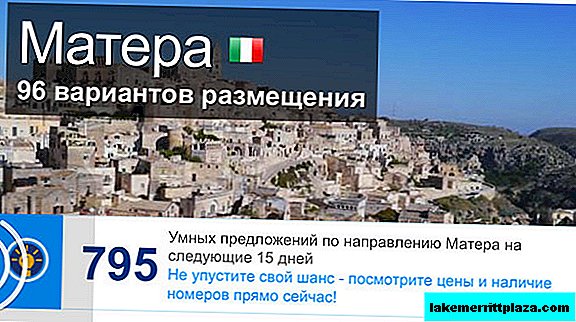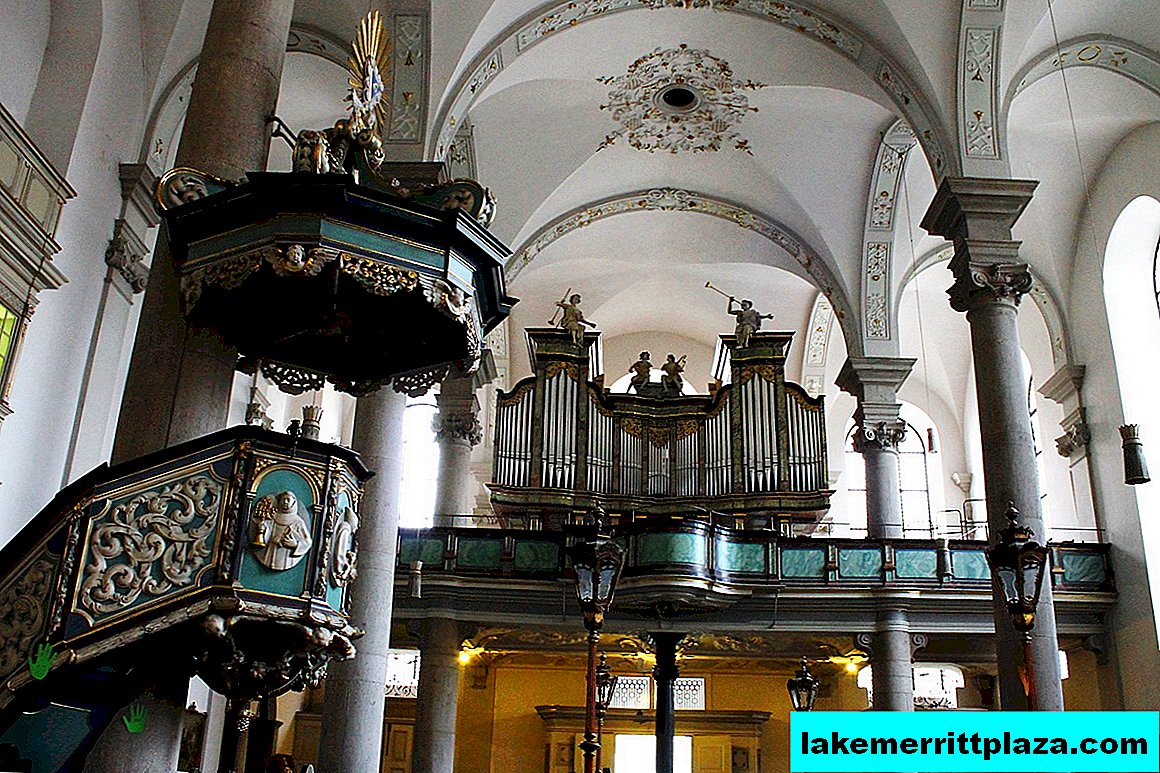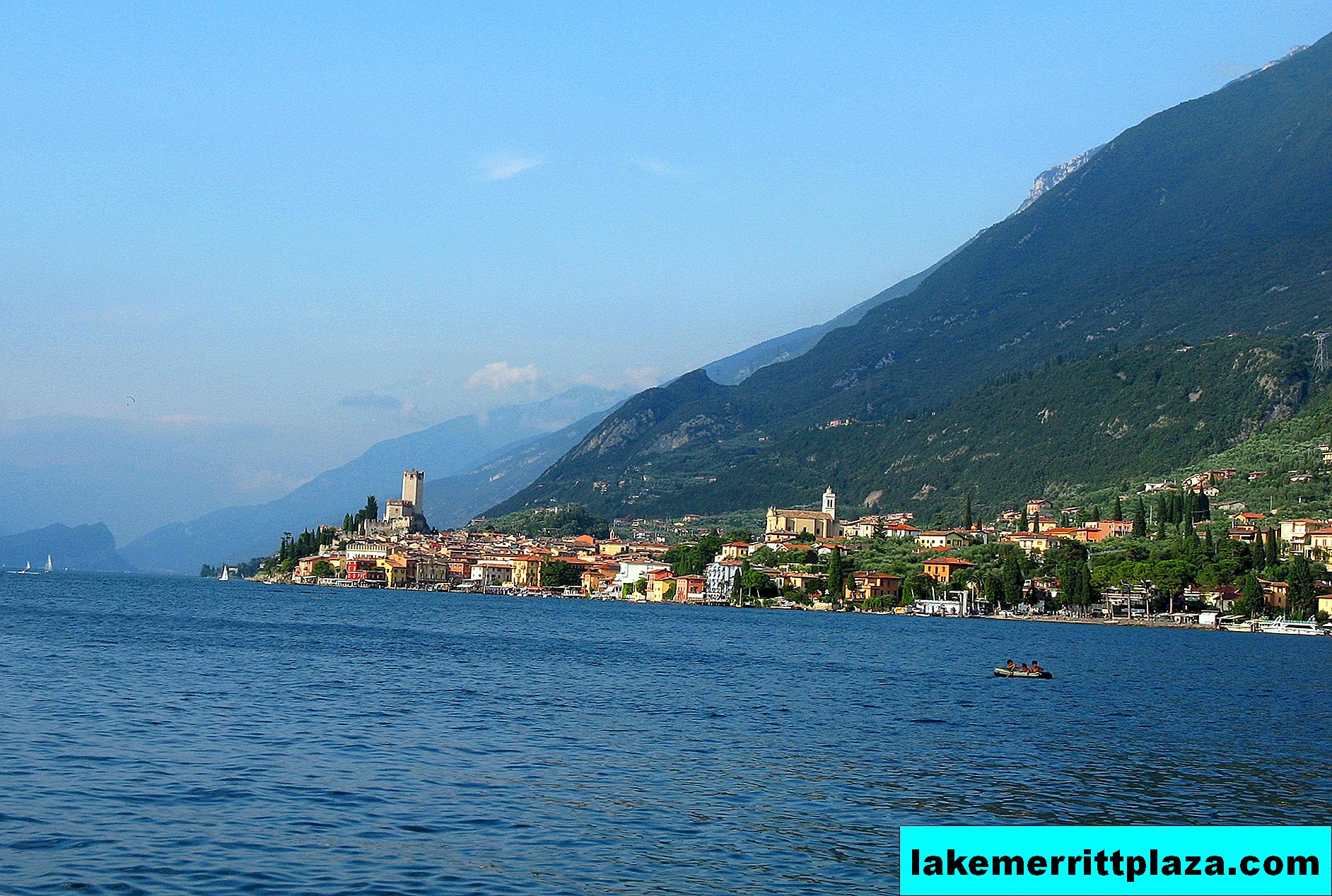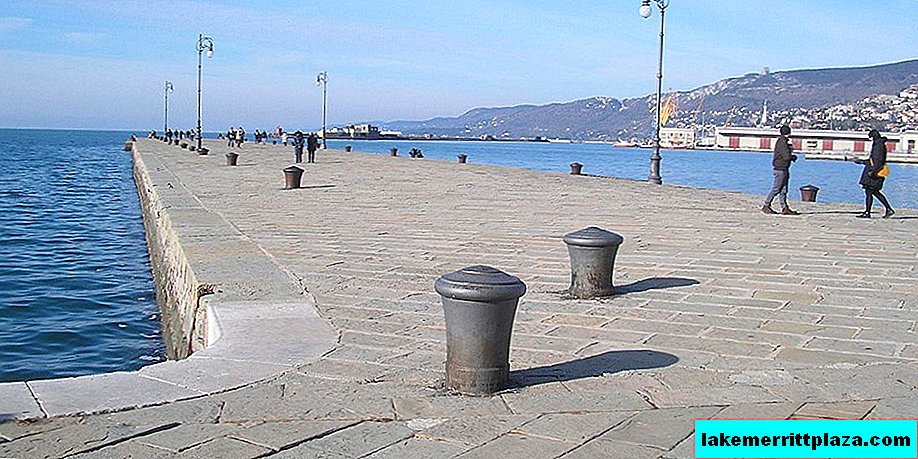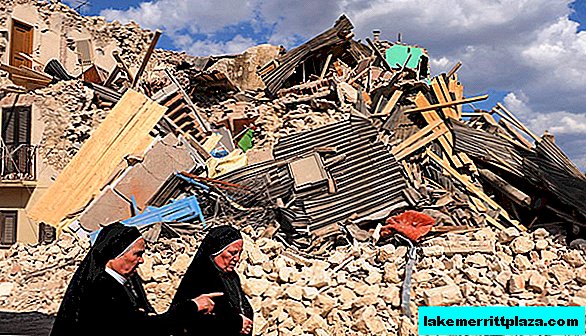In southern Italy, near Matera, there is an amazing ghost town. Since the 60s of the last century, no one has been living here, but it seems that the townspeople left here only yesterday ...
The noise of trees in the distance, the light breath of the breeze, the twittering of birds and the chirps of cicadas rising from the neighboring village - such sounds accompany the incredible peace of this place. And not because the inhabitants of Craco, a medieval village in the vicinity of Matera in the Italian region of Basilicata, are somehow particularly quiet and calm. The fact is that since the late sixties of the twentieth century, Krako has been uninhabited: in fact, it is a ghost town.

Surrounded by picturesque cereal fields and olive groves, the town is a single sculptural composition of closely built houses, "nestled" on a limestone rock. Above the vaulted alleys and steep stairs rises the silhouette of a Norman tower and a 13th-century castle. From afar, it seems that all this is just one big mountain: the colors of houses, churches and fortifications are identical to the natural color of the rocks on which the settlement is located.
But already on the way to the city, the consequences of the destructive landslides that occurred in the second half of the twentieth century become noticeable. One terrible day in 1963, a tremor of unprecedented power shook the rocks, causing many casualties and destruction. It became really unsafe to stay in the houses and it was after this event that people chose to move to the neighboring settlement of Krako Peschiera, and nature was completely taken over by their former houses.
At the time of the mass relocation, about 2,000 people lived in the city, of which only some old people did not want to part with their homes. But if you forget about the horrors of those days, it seems that the collapses did not happen by chance: without them today we could not enjoy the amazing atmosphere of this mystical place. No wonder many famous directors filmed their masterpieces here. For example, Mel Gibson chose Kracko for the scene of the execution of Judas from the movie "Passion of Christ."

Kracko rises amidst a surreal landscape scorched by the sun, halfway between the sea coast and the Lucan Apennines. The ghost town is surrounded by ravines and deep cliffs, washed by rainwater flowing from the hills and cutting through clay soil, like old wrinkles. But looking up from the view of the panorama and entering the city, the traveler is surprised to find untouched streets that look as if people left here only yesterday. With the exception of the occasional cinematic equipment, all things in the city are filled with the spirit of the past: walking through the streets, you can look into old houses, discovering the life of aristocrats, ordinary citizens and peasants.
Like ancient spells, the names of city blocks revive the rich and mysterious history of these deserted places. So the name Canzoniere (Italian. "Songbook") comes from the name of an old tavern, standing on a crowded foot path. According to legend, a beautiful mistress of a tavern like Circe with the help of her seduction magic enslaved unlucky customers.
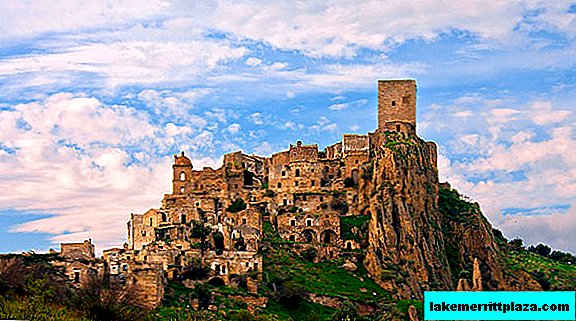
The San Lorenzo quarter (Italian: St. Lorenzo) was named after the ancient vaulted fountain located along Cavone Street and surrounded by slender palm trees and lush olives with silver crowns. On the walls of the fountain you can see pacifying silhouettes of ancient farms - strict peasant buildings, which can be called a real work of art of rural culture. In turn, the district of Sant'Eligio (Italian: St. Eligio) is dedicated to the patron saint of the blacksmiths. This saint is also named after a wonderful chapel with excellent frescoes of the sixteenth century, reflecting some scenes with saints near the crucifixion of Christ.
Among historical buildings, the castle, built in the 13th century and still able to boast of perfectly preserved entrance gates and the main tower, is of the greatest artistic and architectural interest. It is also worth paying attention to the church of St. Vincenzo (San Vincenzo) and the church of St. Nicholas (San Nicola) with a baroque altar made of multi-colored marble and two paintings depicting the Madonna and child and the archangel Raphael. On the outskirts of the city there is also a Franciscan church dedicated to St. Peter, in two naves of which you can admire the baroque altar, a wonderful 17th-century canvas and valuable wooden choirs.
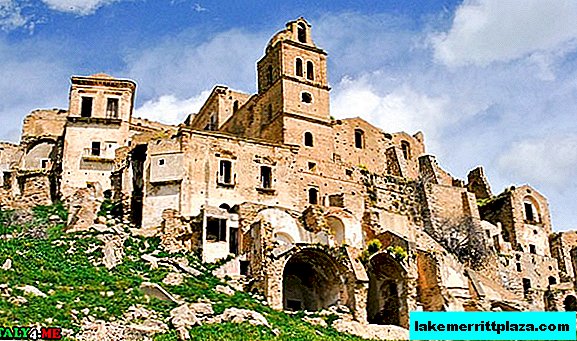
But, despite the fact that no one has lived in Krako for a long time, you can not only admire the ancient architecture in this ghost town. For example, next to the former Franciscan monastery in summer, concerts of classical music, church and secular, are organized every summer, which enhance the mesmerizing atmosphere of a small town, frozen in time.
How to get there
View Kraco: ghost town in Italy in a larger map
There are several ways to get to Krako. Travelers with cars should choose the A3 Salerno-ReggioCalabria motorway, take the Sicignano degl iAlburni or Potenza, continue along the E847 to Pisticci Scalo, then take the SS176 all the way to Peschiera and finally take the SS103 to Kraco. For those who chose the train, the nearest station is located in Pisticci Scalo (18 km), and the nearest airport is in Bari, 119 km.
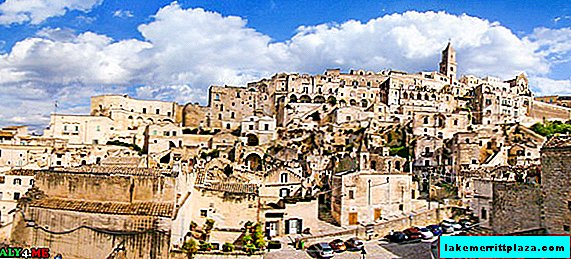
There are no hotels in Krako, which is not surprising. Therefore, it will be easiest to find a hotel in the town of Pisticci, which is 20 km away. Since even in Craco Peschiera for the traveler there is at best an agritourism estate, it is doubtful. By the way, Matera is located 60 km from Krako - certainly there any tourist can choose a hotel to his taste.
